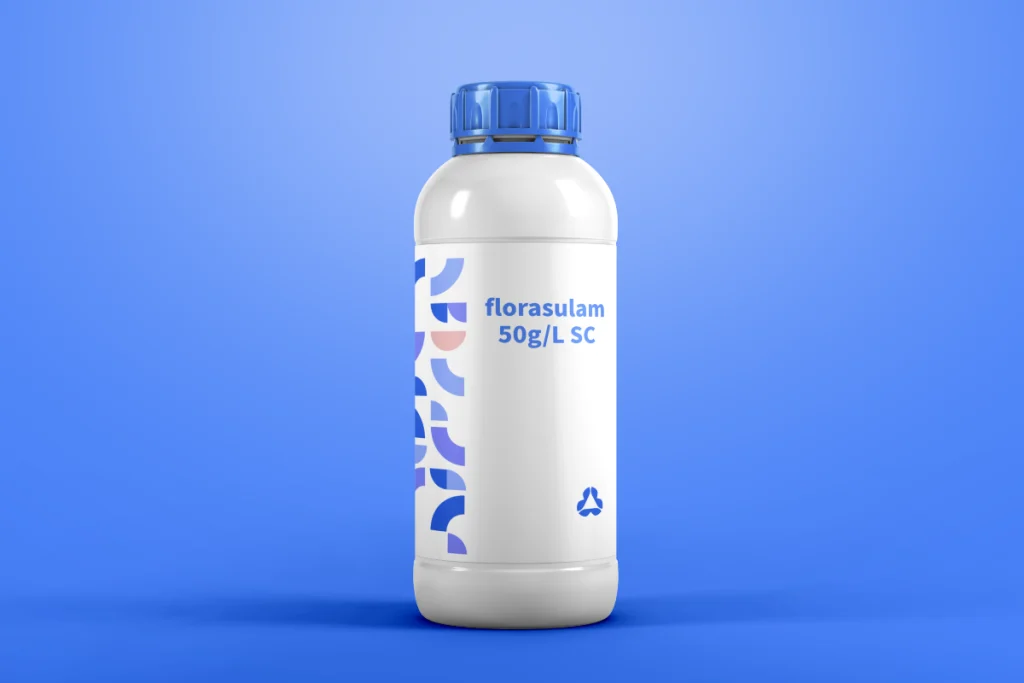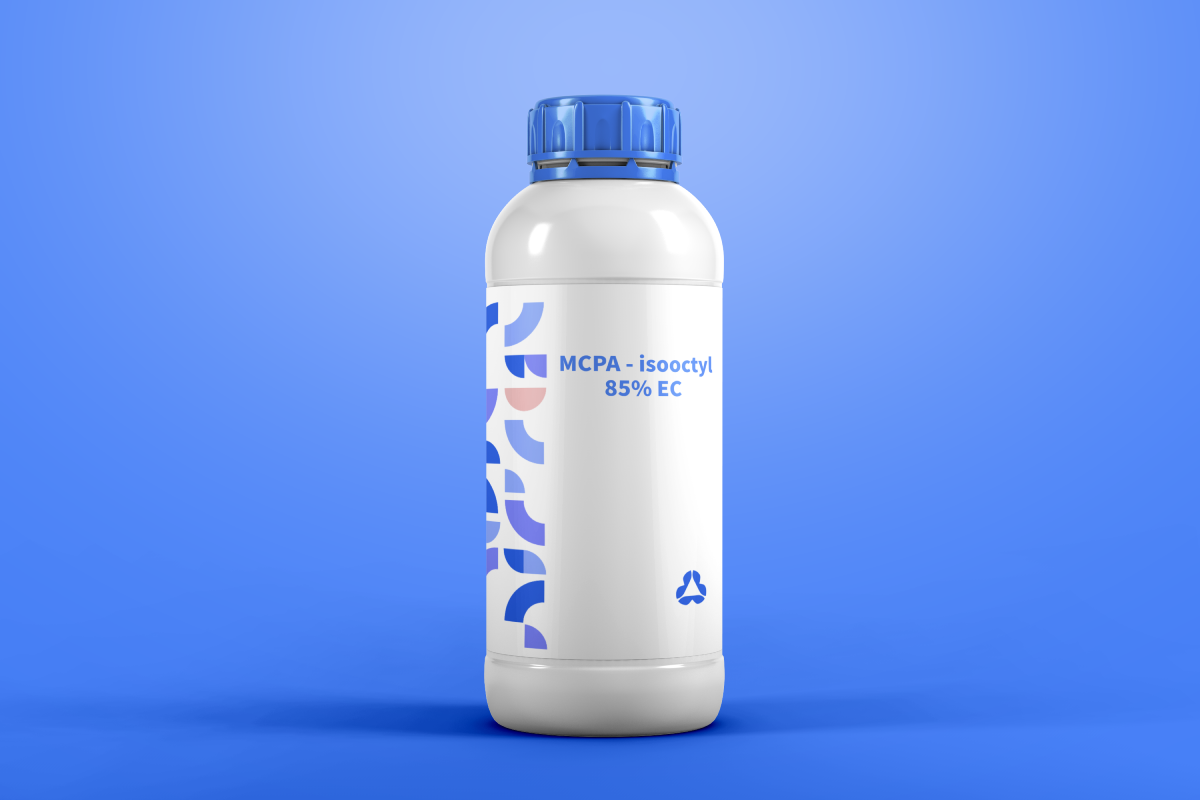MCPA – isooctyl 85% EC (Emulsifiable Concentrate) is a highly effective selective herbicide. With 850 grams of the active ingredient MCPA – isooctyl per liter of the formulation, it is a popular choice among farmers and agricultural professionals for controlling broadleaf weeds. As a member of the phenoxy herbicide family, MCPA – isooctyl 85% EC works by mimicking plant growth hormones, causing abnormal growth and ultimately the death of target weeds.

Florasulam 50g/L SC – Advanced Sulfonamide Herbicide for Cereal Crops
Product Positioning: A low-toxicity, highly selective sulfonamide herbicide formulated as a suspension concentrate (SC), targeting resistant broadleaf weeds in wheat and other cereals. Developed by Dow AgroSciences, it



